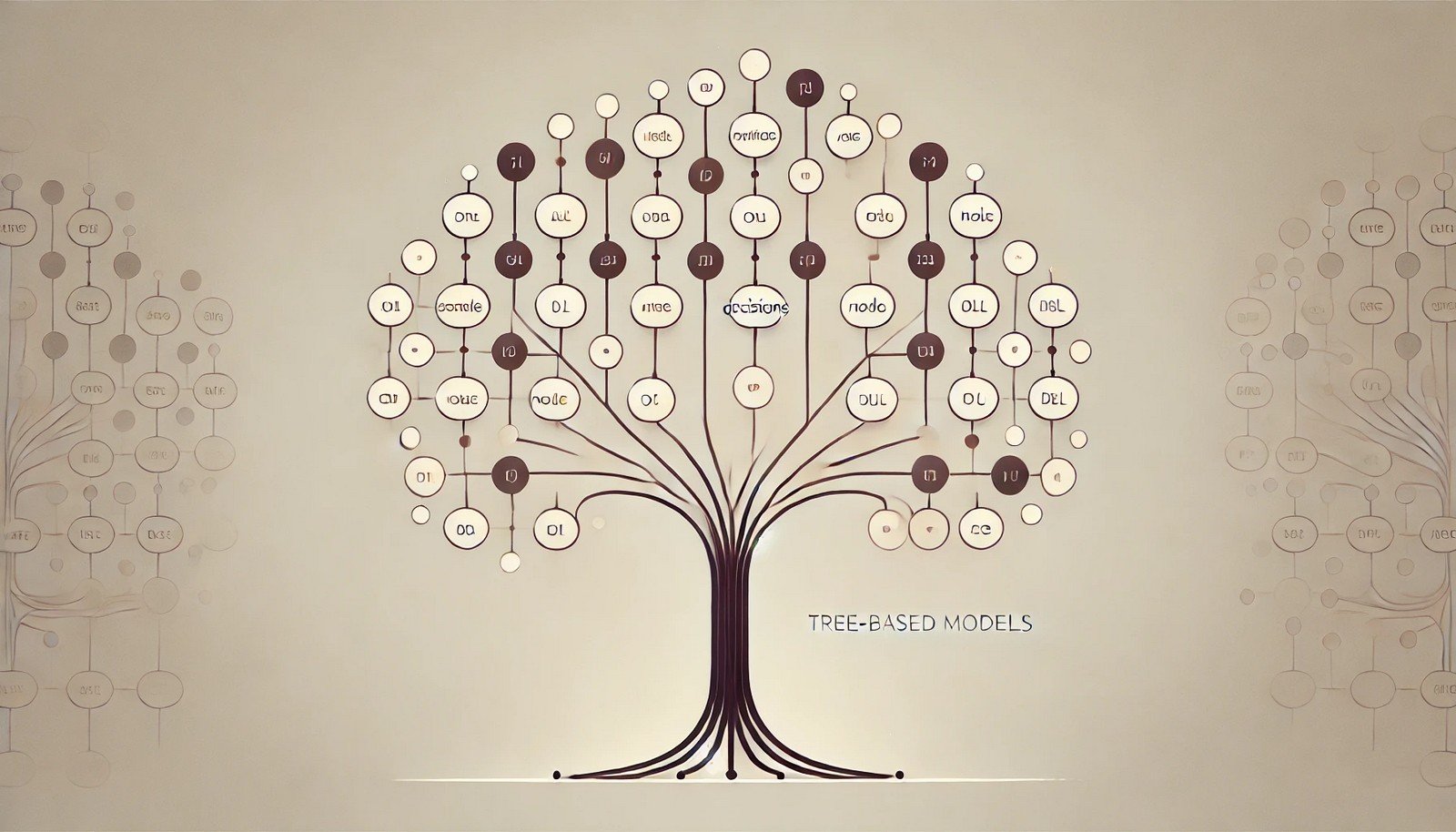Tree-based Models

Quick Navigation:
- Tree-based Models Definition
- Tree-based Models Explained Easy
- Tree-based Models Origin
- Tree-based Models Etymology
- Tree-based Models Usage Trends
- Tree-based Models Usage
- Tree-based Models Examples in Context
- Tree-based Models FAQ
- Tree-based Models Related Words
- Did you know?
Tree-based Models Definition
Tree-based models are machine learning algorithms that use a hierarchical, tree-like structure to make decisions and predictions. These models, which include popular algorithms like Decision Trees, Random Forest, and Gradient Boosting, segment data by asking a series of binary questions based on feature values, ultimately categorizing data or predicting continuous values. Each branching path, or “node,” in a tree reflects a decision that brings the model closer to its final prediction.
Tree-based Models Explained Easy
Imagine you’re trying to sort different types of fruits based on their color and size. You might first ask, "Is the fruit red?" If yes, you know it could be an apple or cherry. Next, you ask, "Is it small?" If yes, it’s likely a cherry; if no, it’s probably an apple. Tree-based models work similarly by asking questions at each step, narrowing down options to get an answer.
Tree-based Models Origin
Tree-based models have their roots in the fields of statistics and decision analysis, which laid the groundwork for structured decision-making processes. With the evolution of machine learning in the 1980s and 1990s, decision trees became a practical method for solving classification and regression problems, evolving into complex ensemble methods like Random Forest and Gradient Boosting.
Tree-based Models Etymology
The term "tree-based models" comes from their branching structure, resembling a tree where decisions are split and subdivided into branches, eventually leading to a prediction or conclusion at the “leaf” nodes.
Tree-based Models Usage Trends
Tree-based models have seen increasing use in recent years due to their interpretability and effectiveness in handling structured data. Fields like finance, healthcare, and e-commerce commonly use these models for tasks such as credit scoring, customer segmentation, and fraud detection. Ensemble methods like Random Forests and Gradient Boosting have also gained traction as they reduce overfitting and enhance accuracy by combining multiple trees.
Tree-based Models Usage
- Formal/Technical Tagging:
- Machine Learning
- Data Science
- Classification
- Regression - Typical Collocations:
- "tree-based learning algorithm"
- "decision tree model"
- "random forest classifier"
- "boosting techniques in tree models"
Tree-based Models Examples in Context
- Decision trees are often used in medical diagnosis to classify patients based on symptom data.
- Random forests are applied in financial systems for credit scoring by aggregating predictions from multiple decision trees.
- Gradient boosting algorithms are used in e-commerce to personalize product recommendations by predicting user preferences.
Tree-based Models FAQ
- What are tree-based models?
Tree-based models are machine learning algorithms that use a tree-like structure to make decisions and predictions. - How do tree-based models work?
They work by splitting data based on feature values, creating branches that lead to final predictions at the leaves. - What is a Decision Tree?
A decision tree is a type of tree-based model that sequentially splits data based on features to arrive at a prediction. - What is Random Forest?
Random Forest is an ensemble method that combines multiple decision trees to improve accuracy and reduce overfitting. - How are tree-based models used in finance?
They’re used in applications like credit scoring and fraud detection, offering high interpretability. - What is Gradient Boosting?
Gradient Boosting is a technique that builds sequential trees, each correcting the errors of the previous ones, to enhance prediction accuracy. - What are the main advantages of tree-based models?
They are interpretable, flexible, and can handle both classification and regression tasks. - What are some challenges with tree-based models?
Individual trees can overfit, but ensemble methods like Random Forest and Boosting mitigate this issue. - Can tree-based models handle missing data?
Yes, algorithms like Random Forests can handle missing data to some extent by averaging predictions. - How are tree-based models related to AI?
They are essential components of AI for structured data analysis, especially in supervised learning.
Tree-based Models Related Words
- Categories/Topics:
- Supervised Learning
- Predictive Modeling
- Data Mining
- Statistical Learning
Did you know?
Random Forest, one of the most widely used tree-based models, was developed by Leo Breiman in 2001 and revolutionized machine learning with its ability to reduce overfitting by aggregating the predictions of multiple trees, setting a new standard for accuracy and stability in predictive modeling.
PicDictionary.com is an online dictionary in pictures. If you have questions or suggestions, please reach out to us on WhatsApp or Twitter.Authors | Arjun Vishnu | @ArjunAndVishnu

I am Vishnu. I like AI, Linux, Single Board Computers, and Cloud Computing. I create the web & video content, and I also write for popular websites.
My younger brother, Arjun handles image & video editing. Together, we run a YouTube Channel that's focused on reviewing gadgets and explaining technology.



Comments powered by CComment